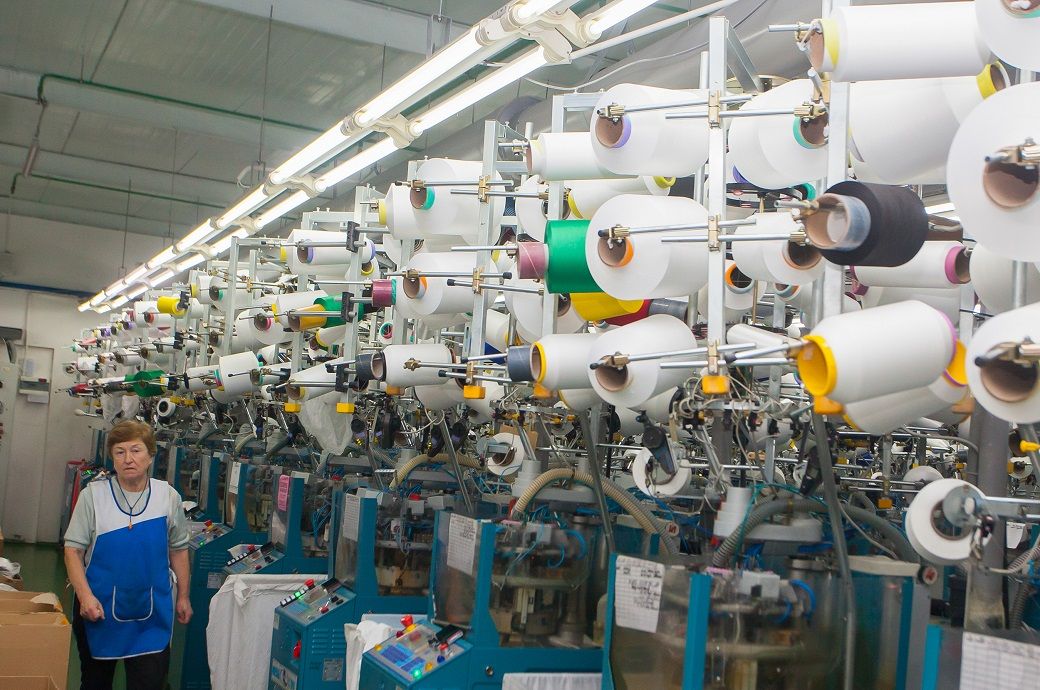
Not including major orders, a 0.8 per cent decrease in new orders was recorded in manufacturing. Compared with July 2021, new orders fell by a calendar adjusted 13.6 per cent in July 2022. However, the order intake in the same month of the previous year had been exceptionally high.
New orders in the domestic sector declined by 4.5 per cent and in the euro area by 6.4 per cent compared with the previous month. In contrast, the volume of new orders from the non-euro area rose by 6.5 per cent. A 1.3 per cent increase was recorded for total foreign orders.
The producers of capital goods recorded a decrease of 0.2 per cent in July 2022 on the month before. Producers of intermediate goods saw a rise in new orders of 1.5 per cent. Regarding consumer goods, orders went down by 16.9 per cent. This was mainly due to a 23.6 per cent decline in the volume of new orders for the manufacture of pharmaceutical products. In June 2022, however, new orders in this sector had increased by 10.3 per cent.
After revision of the provisional results for June 2022, a decrease of 0.3 per cent was recorded for May 2022 (provisional figure: -0.4 per cent).
As regards June 2022, revision of the preliminary figures resulted in an increase of 3.4 per cent compared with May 2022 (provisional figure: +3.0 per cent), as per Destatis.
As in the months before, the volume of new orders was higher than the volume of turnover in July 2022. The excess demand is likely to be due to the continuing acute shortage of intermediate products. Enterprises still have difficulties completing their orders as supply chains are interrupted because of the war in Ukraine and distortions persist that have been caused by the COVID-19 crisis.
Moreover, 73.3 per cent of the industrial enterprises surveyed complained about bottlenecks and problems in procuring intermediate products and raw materials in July 2022, according to the ifo Institute for Economic Research.
Fibre2Fashion News Desk (NB)